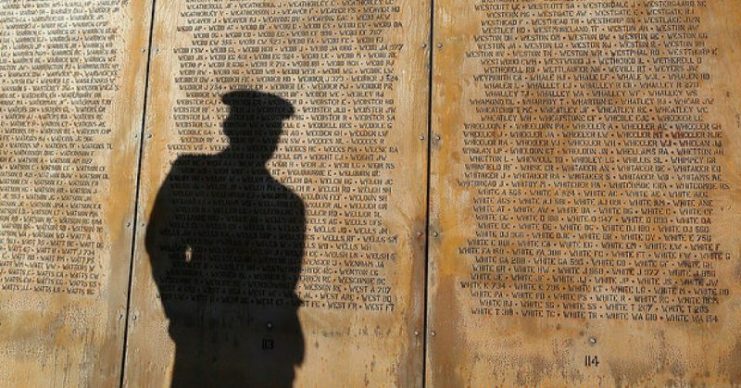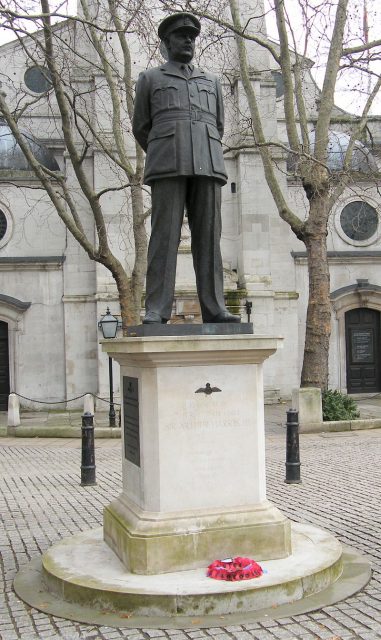The English city of Lancaster in NW England near the River Lune may soon be hosting large numbers of tourists. A sculpture being planned to stand in the rolling farmland near Hill Holt Wood will commemorate the importance of the area’s participation in World War II aviation. When it is completed drivers along the well-traveled A46 will see the giant sculpture for miles.
The Bomber County Gateway Trust is leading the project which is in the early stages. According to their Facebook page, additional funding is needed, and the Trust is still accepting new designs, suggestions and assistance from engineers and artists. The Trust is endeavoring to unveil the monument in 2018, the 100th anniversary of the Royal Air Force.
The goal of the artists is to present a likeness of an Avro Lancaster heavy bomber in flight similar to an aircraft that crashed there in 1942.
Lincolnshire was the home of Swinderby, the RAF base just off the A46. During the war, the base was home to two squads of the RAF Bomber Command. According to the local newspaper, The Lincolnite, “Around half a dozen planes crashed while making approaches to RAF Swinderby during the War – many in Norton Big wood just off Wood Lane.” Over 60,000 crew members were killed during the course of the war. In September of 1942, an Avro Lancaster heavy bomber crashed on approach killing Canadian crewman Sergeant J. R. Gibbons.
Another notable World War II memorial in Lincoln to open in 2018 is the International Bomber Command Centre located at Canwick Hill. Bomber Command included volunteer units from over sixty nations and included the air and ground crews, air transport services and Women’s Auxiliary Air Force, among others. Over forty-four percent were killed in the line of duty, the highest of the war. The Centre will focus on education using photographs and memories from participants interviewed by the IBCC.

One exhibit, The Walls of Names, bears the names of over fifty thousand soldiers who perished during their service with the Bomber Command. In all, over one million tons of armament was dropped during the war. Ninety three year old Dennis “Lofty” Wiltshire of Thornbury, South Gloucestershire remarked, “At the time, as I thought, I was helping my country and citizens but when one has had a long time to think about it you think about the people you have killed yourself, and it didn’t go down that well. I must admit as an old man I am very anti-war. We were too young to realize what we were doing. We thought we were enjoying ourselves but we were killing people…”
The Ribbon of Remembrance is a path of Yorkstone Scoutmoor paving stones purchased by the public to be engraved with names and memories of those who served the Command.
The primary focus point of the Centre is The Spire of Names; a one hundred and sixty-four-foot tall steel spire and the tallest war memorial in the UK, engraved with the names of the aircrew members who died on wartime missions designed by Walter Jack and English design firm Atkins.

Because of the negative connotations regarding the bombing campaigns which included bridges, dams, railways and factories – all with civilians present, many of these soldiers and their achievements were brushed under the rug. Few medals, certificates, or recognitions of Bomber Command were made until 1992 when a statue of Commanding Officer Air Chief Marshal Sir Arthur “Bomber” Harris was erected in London. Some of the crew members have been honored posthumously through the years.
A written tribute, Heroes of Bomber Command: Lincolnshire, one of a series of books about Bomber Commands across England during World War II covers the Lincolnshire Bomber Commands in detail. Written by prolific writer Rupert Matthews, the son of a Bomber Command sergeant and published in 2005, the series also includes other squadrons under the command of Air Chief Marshal Harris.
